To create a feeling of taste, it is enough to use color, shape, sound, temperature and material. Expressive visualization activates the work of the brain neurons and, thus, a person begins to feel the taste of food even until it falls into the mouth.
At the Dutch Design Week, the design of the DDW 2019 by the designer Lyle Snelle was presented an installation that stimulates taste receptors. The installation includes five digitized images. The Eindhoven Academy of Design held an exhibition of works by his students and students. It was here that Lyla Snensle combined the preferences of a person to new gadgets and pleasure from food intake.

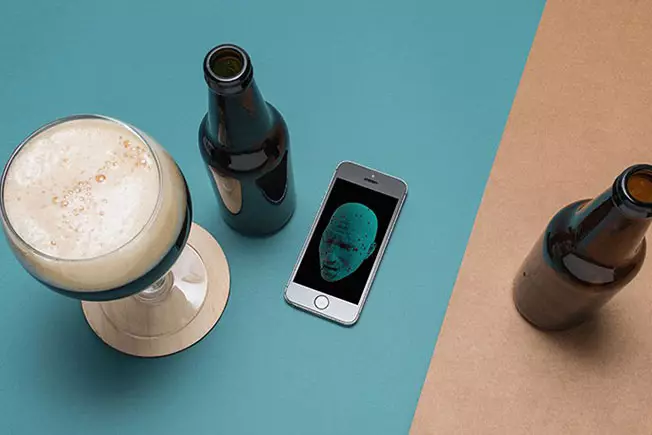
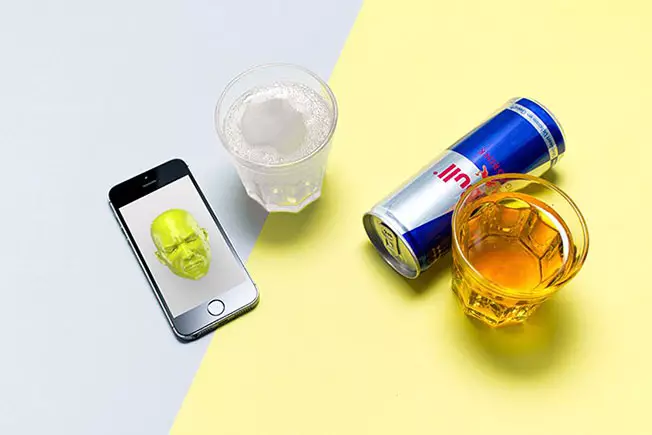
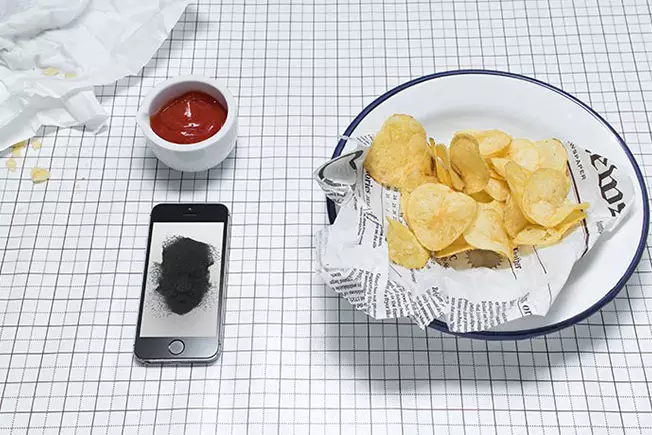
The work of the designer was based on studies conducted by the experimental psychologist Charles Spence. The scientist believes to create an illusion of taste, it is enough to use color, shape, sound, temperature and material. Expressive visualization launches brain neurons and, thus, a person begins to feel the taste of food even until it falls into the mouth.
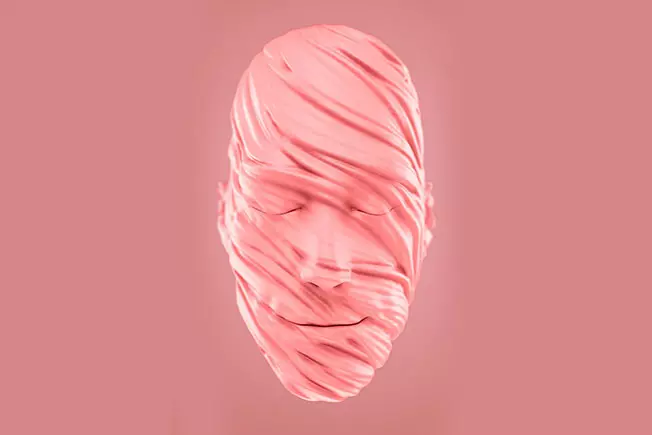
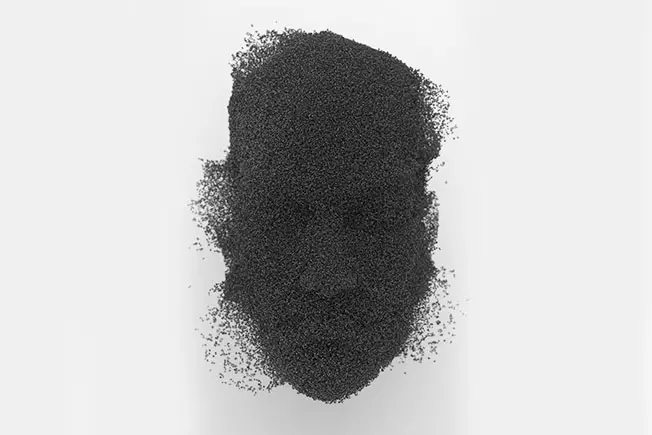
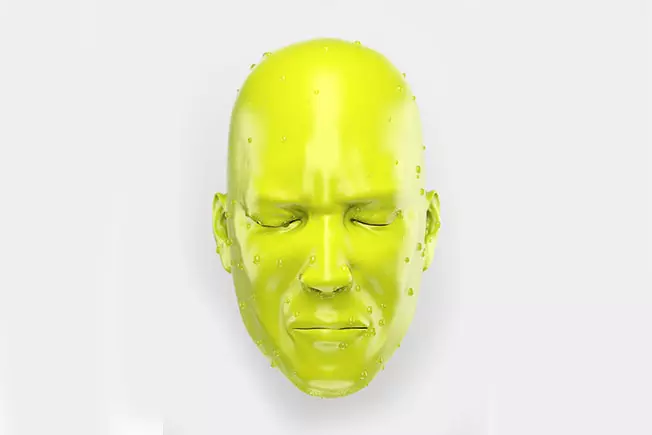
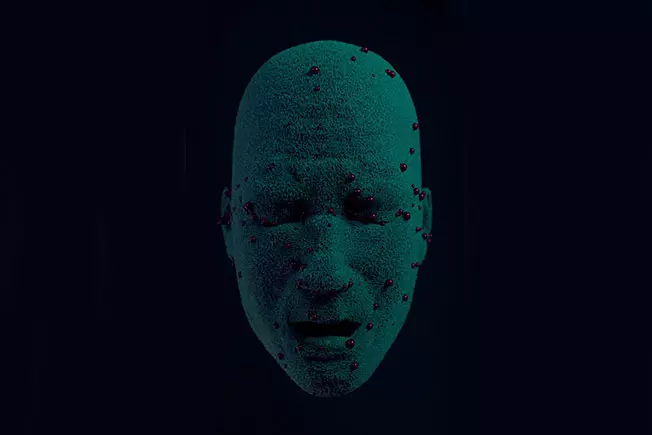
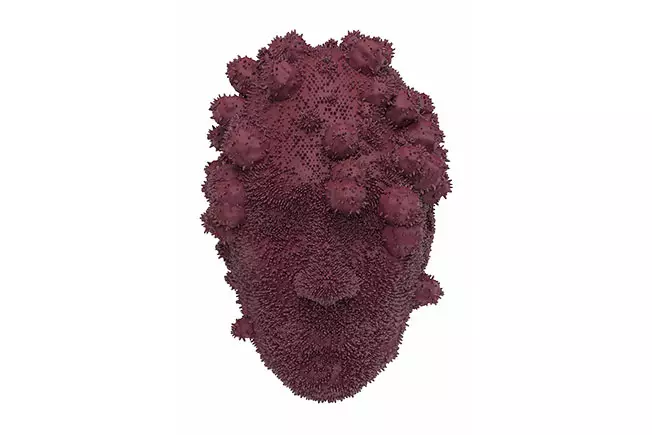
The screens are presented with five different flavors of taste: fresh, salty, bitter, sour, sweet, this is the so-called "digital seasoning". If you look at these individuals, you can feel empathy and change the taste perception. For example, if you look at a person eating lemon, you can feel the acid from food.
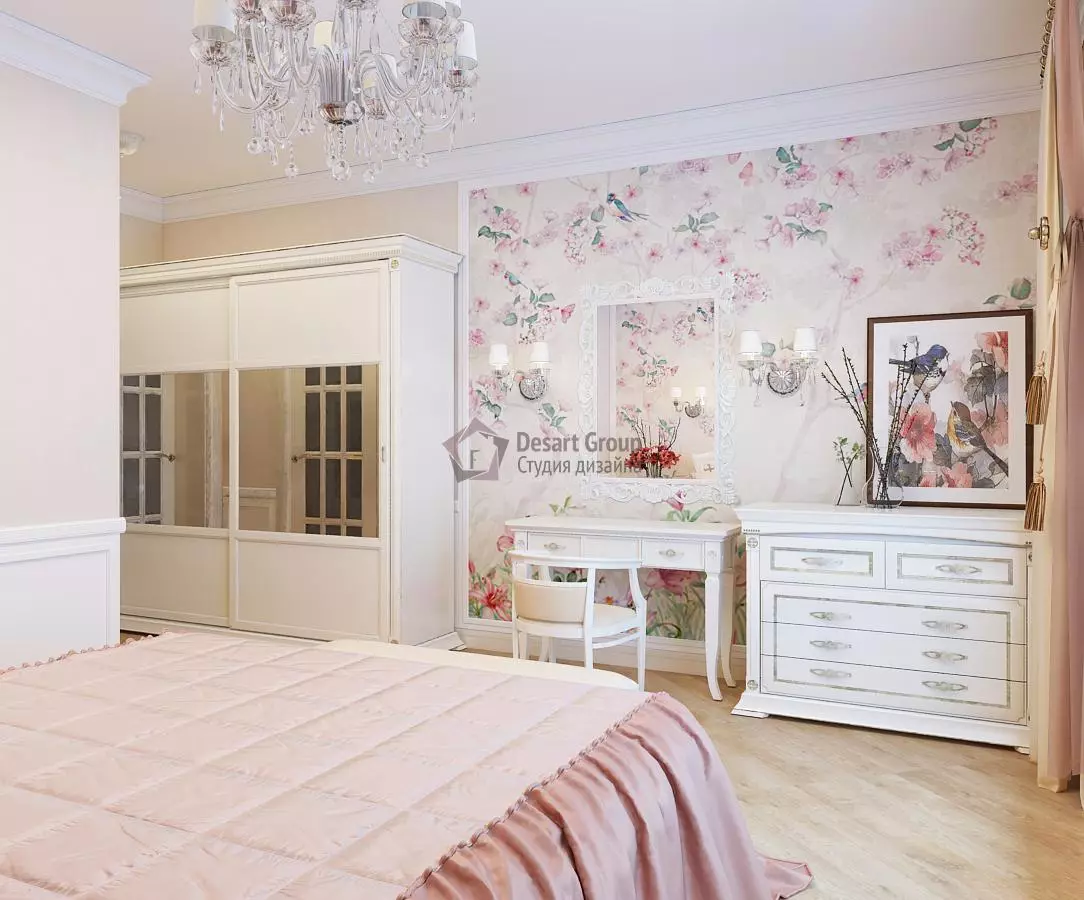
Thanks to the "digital seasoning", the liquets of the Snerele can be powered balanced. To do this, you just need to program your brain there are fewer sugars, salt and citric acid.
Article on the topic: Low Lamp Lou
